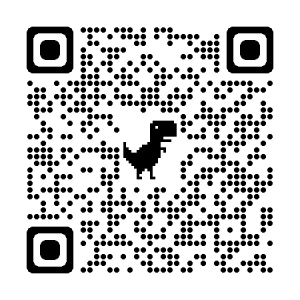
Childcare Costs under 2023 Federal Budget
The 2023 Federal Budget in Australia has brought some welcome news for families with young children, as it includes provisions to lower the costs of childcare. For many families, the high costs of childcare have been a major financial burden, often making it difficult for both parents to work and provide for their children. The new budget aims to address this issue by making childcare more affordable and accessible for average Australian families.
Child Care Subsidy (CCS)
One of the main provisions of the new budget is an increase in the Child Care Subsidy (CCS) for families earning up to $530,000 per year. Currently, the maximum CCS rate is 85% for families earning up to $189,390 per year, with the rate gradually reducing as income increases.
However, under the new budget effective 1 July, the maximum rate will increase to 96 percent for families earning up to $530,000 per year, providing significant savings for many families. For families with gross income of less than $80,000 a year the max CCS rate will hit 90 percent.
In addition to the increase in the CCS, the budget also includes measures to address the shortage of childcare places in some areas. This includes funding for new childcare centres and incentives for providers to expand their services. The government has also committed to providing support for families in rural and remote areas, where access to childcare can be particularly challenging.
Family Payments
For parents, Services Australia said the Federal Budget is merging the Parental Leave Pay and Dad and Partner Pay into a single payment. The Parental Leave Pay will go up to 90 days to 100 days, and apply it to a $350k family income limit if the individual income limit of $156,347 is not applicable. The objective is to gradually increase the Parental Leave Pay every two weeks each July until 2026 when it will reach 130 days (26 weeks).
The new budget is also aiding First Nations communities by allowing families to obtain up to 36 hours’ subsidy per fortnight for each First Nations child under care.
The new budget has been widely welcomed by parents and childcare providers, who have long been advocating for greater support for families struggling with the costs of childcare. For many families, the increased subsidy will mean significant savings and greater flexibility in terms of working arrangements.
However, it’s important to note that while the new budget will provide relief for many families, childcare costs will still be a significant expense for many. For families earning above the $530,000 threshold, the subsidy will not apply, and even with the increased subsidy, some families may still struggle with the high costs of childcare. To address this, the Labor administration is tasking the ACCC to investigate root causes behind child care increases in the past few years.
The high costs of childcare
Childcare costs have been a significant financial burden for many families in Australia, with some parents spending up to ten percent of their income on childcare. The cost of childcare has also been a major barrier to workforce participation for women, with many mothers forced to reduce their working hours or leave the workforce altogether due to the high costs of care.
According to data compiled by YellowPages AU, the average daily cost of long childcare in Australia before CCS application was between $70 and $188, and pre-school/kindy fees may range from $45 to $80 a day. In some areas, particularly in metropolitan regions, childcare costs can be even higher, with some families spending over $200 per week on care.
The high costs of childcare have been a major issue for many years, and the new provisions in the 2023 Federal Budget are aimed at making childcare more affordable and accessible for families in a certain income bracket.
The increase in the Child Care Subsidy (CCS) is expected to benefit around 250,000 families, providing significant savings on their childcare costs. The government estimates that families with two children in care for three days a week could save up to $2,900 per year under the new scheme.
While the new provisions in the 2023 Federal Budget are expected to provide significant relief for many families, there are some concerns about the long-term sustainability of the childcare sector. Some experts have warned that the increased subsidy may lead to higher demand for care, putting pressure on providers to keep up with demand.
In addition, the COVID-19 pandemic has had a significant impact on the childcare sector, with many providers struggling to stay afloat due to reduced demand and increased costs associated with cleaning and hygiene measures.
Despite these challenges, the new provisions in the 2023 Federal Budget are a positive step towards making childcare more affordable and accessible for families in Australia. With careful planning and budgeting, families can manage the costs of childcare and ensure that their children receive the care and education they need to thrive.
UBUDGET, provided by UBOMI, empowers users to manage their finances by setting and monitoring budgets, thus giving them increased control. This is a formidable resource that can assist in accomplishing personal targets.
If you liked our “Childcare Costs under 2023 Federal Budget” and find it useful, check our blogs regularly for more information to get updates on UBOMI’s money planner app.
DISCLAIMER: This article is for informational purposes only. UBOMI has no relationships with any company or government office mentioned in the article.




